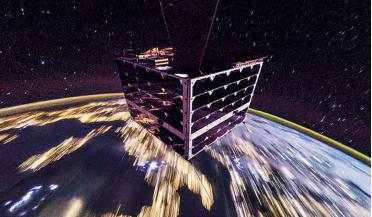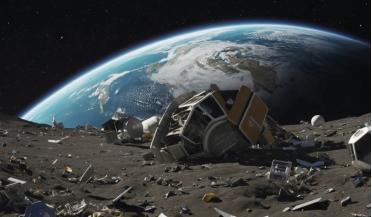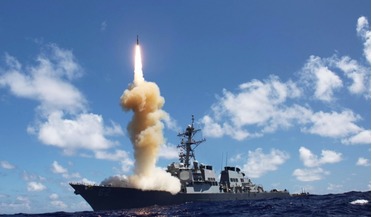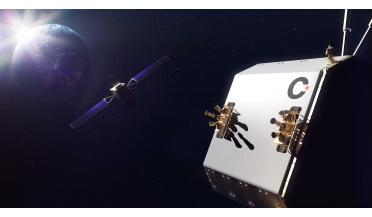 May 2019
Wake-up call for debris creation in geostationary orbit
May 2019
Wake-up call for debris creation in geostationary orbit
... that in some regions of LEO we already have the Kessler Syndrome (collisional cascading) and it will now require active debris removal to reverse it. At times one has to wonder at the space industry. Kessler and Cour-Palais’s paper on the “Collision...
 September 2023
A multifaceted approach to space sustainability
September 2023
A multifaceted approach to space sustainability
... the commercial sector, which is starting to conduct space operations such as in-orbit servicing, in-orbit refuelling, active debris removal and other close-proximity orbital operations in the absence of widely shared rules of behaviour in orbit. The...
 October 2024
International space law - the beginning of the end?
October 2024
International space law - the beginning of the end?
... spacefaring States, and which is expected to pose constraints on the freedom of use of outer space by all States. If no Active Debris Removal (ADR) efforts are undertaken, it is believed that even if no new space objects are launched, the most used...
 24 June 2022
UK to lead review of space legislation and financial support for debris removal
24 June 2022
UK to lead review of space legislation and financial support for debris removal
... satellites and space missions,” he stated. The announcement included confirmation of a £5 million UK investment in active debris removal (de-orbiting unprepared defunct satellites) and in-orbit servicing. “This investment, achieved through...
 February 2017
Protecting our space interests
February 2017
Protecting our space interests
... are disposed of at the end of their mission according to internationally agreed debris mitigation guidelines. ‘ADR’ means Active Debris Removal. Less powerful lasers can be used to temporarily blind reconnaissance satellites in LEO, thereby...
 24 February 2025
Sustainability plan for boosting spacecraft longevity
24 February 2025
Sustainability plan for boosting spacecraft longevity
...Space Agency (ESA). Additionally, ClearSpace has been selected by the UK Space Agency (UKSA) to develop Active Debris Removal missions, further cementing its role in addressing global challenges and redefining future space operations. Founded in 2018...